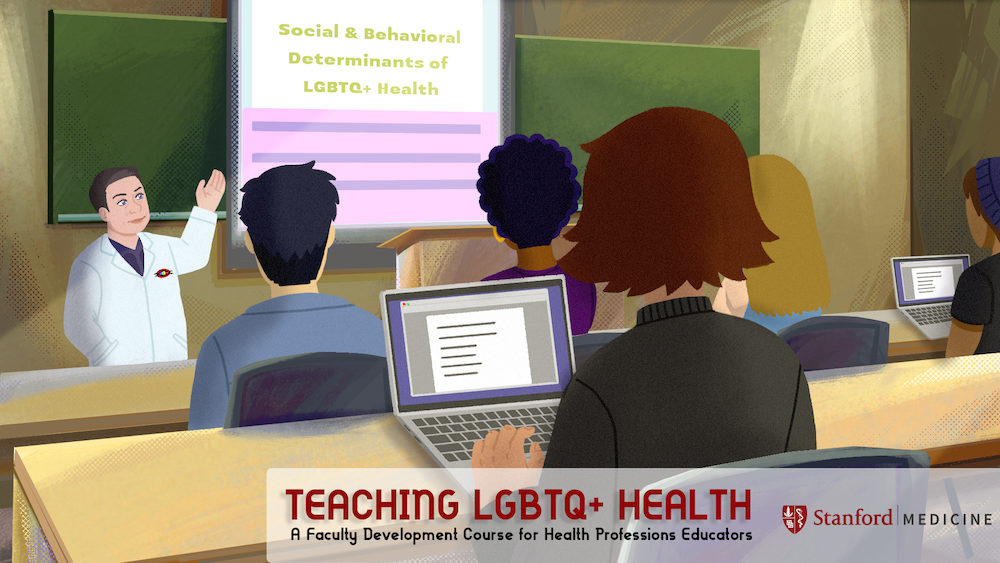Show Notes for Episode Twenty of seX & whY: Interview With Dr Shirin Heidari Part 1: Sex and Gender Variables in Science Research
Host: Jeannette Wolfe
Guest: Shirin Heidari PhD, virologist and experimental oncologist, founding President of Gendro
Part 1 of this podcast spotlights the opportunity to do better science by paying more attention to the variables of sex and gender.
Many times, we simply assume that when we study a medical question in a clinical trial that who is in the trial, adequately represents the population of folks who are affected by the condition being studied. When it comes to the consideration of gender, often this is not true. Dr Heidari and her team did a systemic review that evaluated study participant’s gender in HIV research trials, although more than 50% of people who have HIV are women, only 19% of participants in anti-retroviral trials were women.
In 1993 the NIH passed the Revitalization Act in which NIH funded studies would be required to study both men and women. A parallel mandate for basic science research passed over 20 years later in 2015. In some ways this is incredibly nonsensical because most of medical research starts out in the basic science lab. If you don’t include animals of both sexes, in adequate numbers, from the beginning, you could be later blindsided in an expensive clinical trial by a physiological sex-based differences that could have been picked up earlier.
Even though there has been progress over the past 30 years, Dr Heidari repeatedly makes the case that just because there are guidelines to include males and females in trials, this does not mean that these guidelines are adhered to or adequately enforced. In addition, there is often a large divide between including men and women in a study and doing an appropriate analysis to see what happens to those men and women. Essentially including both men and women isn’t all that helpful unless you breakdown your results also by gender. Importantly, the very best studies go even a step further – they include a calculation in the original study design to determine how many men and how many women would need to be included in a study so that if a difference is found that the researchers can be more confident that the difference represents a real finding and not a statistical blip.
Another important point discussed, is the chance for skewing of study results if researchers don’t consider the gender breakdown of who drops out of a trial. Although it is not uncommon for studies to have a small number of participants drop out (and this can happen for a bunch of different reasons ranging from side effects to an inconvenient study location) it is uncommon for them to report the gender breakdown of the dropouts. If significantly more women, or men, drop out of a trial this could be a red flag that something else might be going on and hint to potential problems with the study’s conclusions.
Our conversation then veered to discussing pharmacokinetics and pharmacodynamics. Pharmacokinetics tells us about how the body influences a drug – specifically how a drug gets absorbed, distributed, and metabolized. Pharmacodynamics, on the other hand, tells us how the drug influences the body. An example I like to use is to compare giving someone a medication to hiring a secret agent. In both cases, there is a break in, a job and an exit. Traditionally it was believed that, outside of extreme differences in body weight, that drugs worked similarly- break in/job/exit – in male and female bodies if the drug did not target a reproductive organ. We now know this default “no sex difference” assumption is not scientifically valid as there are many drugs which work differently in male and female bodies and that these differences have clinical relevancy.
An example of this is a study we discussed on marijuana pharmacokinetics with women requiring far less amount of marijuana to experience the same cognitive effects. In the discussion section of this paper it suggests that previous studies may have under-appreciated this sex-based difference because they often had higher dropout rates in women which likely skewed their final study results. And here is the link to some of the material we discussed surrounding the knowledge gap on pregnancy and pot-smoking and how this gap has caused some pregnant women to reach out to non-traditional resources to get information.
Other studies we mentioned
Here is a study that suggests that the gender of the researcher or lab tech may subtly influence research results.
Here is a study that suggests that male and female animals both have similar amounts of hormonal variation.

